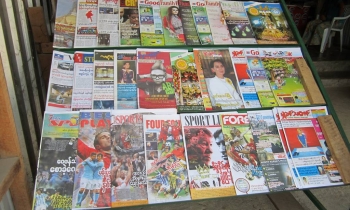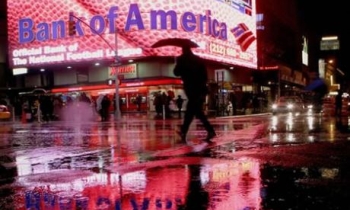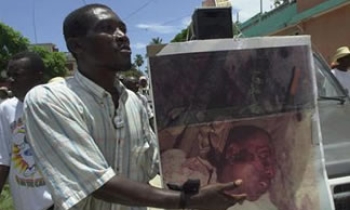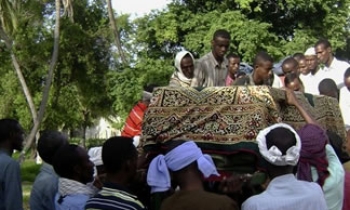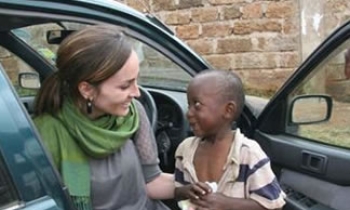THE dramatic decline of press freedom in Australia has continued over the past year despite hard-won progress such as landmark national defamation laws.
The 2006 Australian Press Freedom Report, to be released publicly tomorrow night, says the few bright spots, such as defamation and moves to give limited legal privilege to journalists who refuse to reveal a confidential source, had to be seen against "a much darker backdrop".
"The past 12 months have felt like two steps backwards for every step forward," Media, Entertainment and Arts Alliance federal secretary Christopher Warren says. "Attacks on the media are becoming less subtle as governments, courts, police, gangs of thugs and large corporations openly contravene rights of free expression to manipulate, hide and block the release of information into the public domain."
Prepared by MEAA with contributions from print and broadcast journalists, the report catalogues the ways in which the media is muzzled in 2006.
It says the new sedition law, pushed through parliament as part of the Anti-Terrorism Act and being reviewed by the Australian Law Reform Commission, is a backward step that compromises democratic freedom in the name of national security.
The risk of fines and jail terms prevents journalists from reporting details of detention orders and investigating possible miscarriages of justice.
At the same time, police have increased powers to seize information relating to serious crimes, which threatens the ability of journalists to protect sources of information, as does expanded wire-tapping powers.
The MEAA says that as the war on terror has intensified, robust public discussion on the Government's tactics to combat domestic terror threats has been gagged and replaced by a suspicious and fear-driven society.
It says Australia issues 26 times more telecommunications interception warrants on a per capita basis than the US.
Photographers and cameramen were physically assaulted during the Cronulla, Lakemba and Macquarie Fields riots in Sydney.
In Queensland and in NSW, police have used "move-on" powers against journalists doing their work.
The report also highlights the freedom of information test case to come before the High Court on May 18. The Australian's FoI editor Michael McKinnon has waged a 3 1/2-year fight against the decision to block the release of Treasury documents on the effect of bracket creep on income tax cuts and the first home buyers' scheme.
Anne Delaney, the journalist who was threatened with two years' jail for talking to a prisoner, even though she had no notebook, pen or recording device on her, writes about her case.
Ross Coulthart, a journalist with the Nine Network's Sunday program, says the growing obsession with secrecy inside government and corporations, fuelled by former journalists turned public relations or crisis managers, "is the single biggest problem confronting journalism". Diminishing budgets mean journalists do not have the time or resources to investigate stories as much as they had in the past.
Kate McClymont, of The Sydney Morning Herald, says investigative journalism is being strangled by a combination of budget restrictions, job security pressures - where journalists feel they have to have their byline in the paper every day rather than commit more time to developing stories - and the increasing costs of litigation.
On the plus side, the MEEA says the uniform defamation scheme, which overcomes a tangle of state laws and caps damages at $250,000, gives greater leeway to journalists and artists. It also goes some way to alleviating the threat of strategic litigation, where writs are used by big companies to silence or intimidate critics.


